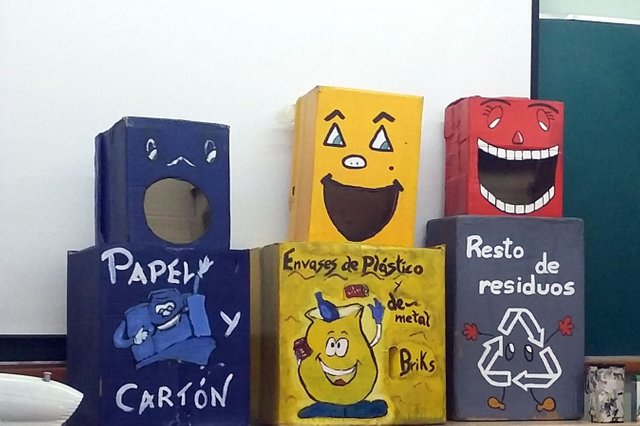Day by day we are approaching a global environmental disaster, because waste rotting in landfills pollutes the environment and destroys ecosystems.
In consideration of this situation, most of the developed countries of the world consider the classification of waste and recycling as a great option to solve the problem of environmental contamination, or at least to minimize the problem.
Waste sorting is primarily intended to develop a good sorting habit and not to dump valuable secondary resources into landfills. This is the reason why we should start learning how to sort waste from childhood.
It is in the kindergarten age that each individual takes and shapes the behavior patterns of future adults. Therefore, it is especially important to talk about the environment with preschool children, and to do it in the most interesting and effective way possible for learning to be effective.
Separate garbage collection is one of the most important skills for teaching a child in kindergarten, the main objective being to create in the minds of children the careful management of natural resources, so that children understand the importance of cleaning the environment in the world and learn how to dispose of waste properly.
Normally the classification of garbage at home is as follows:
Today, most household waste is plastic waste: plastic bags, used bottles of household chemicals, and other plastic containers. It is worth remembering that it is the plastic that is most harmful to the environment: it decomposes for a long time (300-1000 years), it is dangerous when burned, it destroys flora and fauna.
The second place among household waste is paper: they are newspapers, glossy magazines, school notebooks and albums, thin cardboard packaging and the like.
Very little glass accumulates in household waste: bottles, medicine bottles, perfumes and cosmetics.
Even less metal: aluminum cans, metal beverage lids, and storage lids, sometimes broken kitchen appliances.
In this sense, you can start teaching children, through a conversation, for example, ask:
"Guys, tell me, does everyone in your house throw garbage in the bins or does someone throw it out the window onto the street? " Such a question will spark interest among children and add a touch of humor to communication. When you receive positive responses that everyone is throwing trash in trash bins, check to see if preschoolers know the future destination of the collected waste. Let them think, tell them where they think they can take the trash.
After any response, explain the information more fully. It would be better to do this with the help of images, so that preschool children absorb information faster.
From my point of view, while teaching children in the kindergarten age, it is very important to assess the level of understanding of the subject and choose the right direction, in case additional training is required.
At this stage, children will already be able to understand a global problem, so they can discuss with them the time it takes to decompose various types of garbage, and the damage and long destruction of waste in the soil, rivers and seas. Based on this, children can be explained to at least classify into two types of containers: one for plastic, metal, and glass; and the other is for paper, which in turn can be recycled.
What we must lose sight of, is to awaken in children the desire to correct an unfavorable situation. And now you can talk in detail about the possibility of separate collection of garbage for later recycling.
An outing with children can be scheduled to collect garbage and distribute it as planned, in each container. At the end of the action, it will be useful to repeat the knowledge and experience acquired, assess the complexity of selective waste collection and discuss the possible continuation of this practice. The main thing is that children must be interested and feel the importance of their actions.
Separate garbage collection education should also be an action carried out in conjunction with parents, who must also show the importance of the event. Also showing the information to children in a didactic and fun way.

